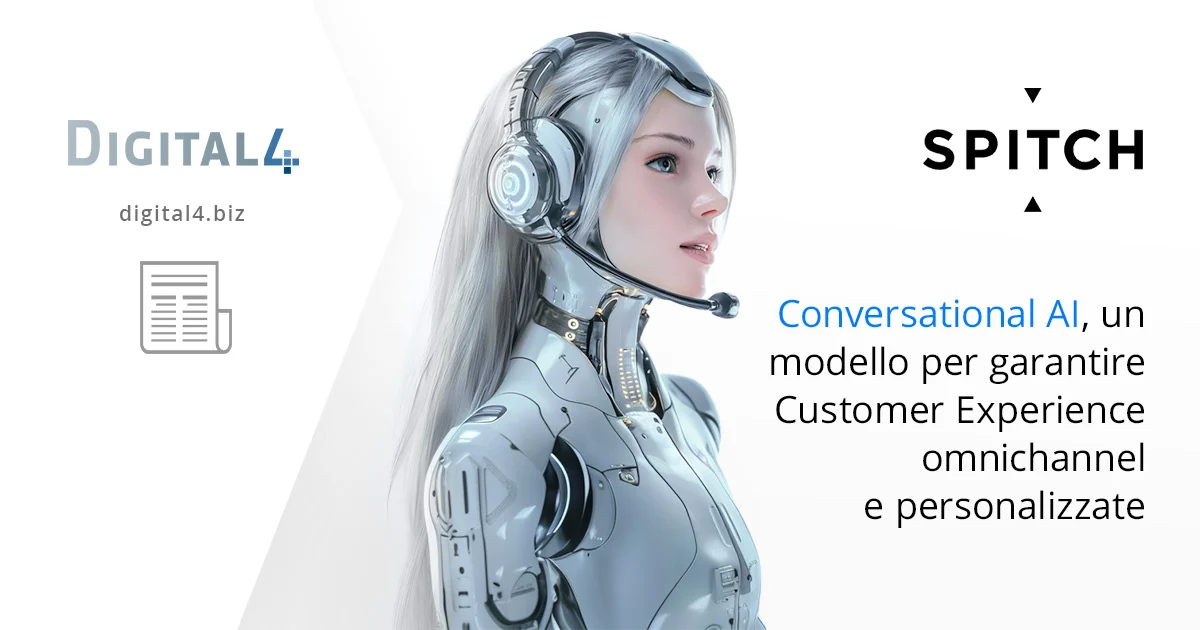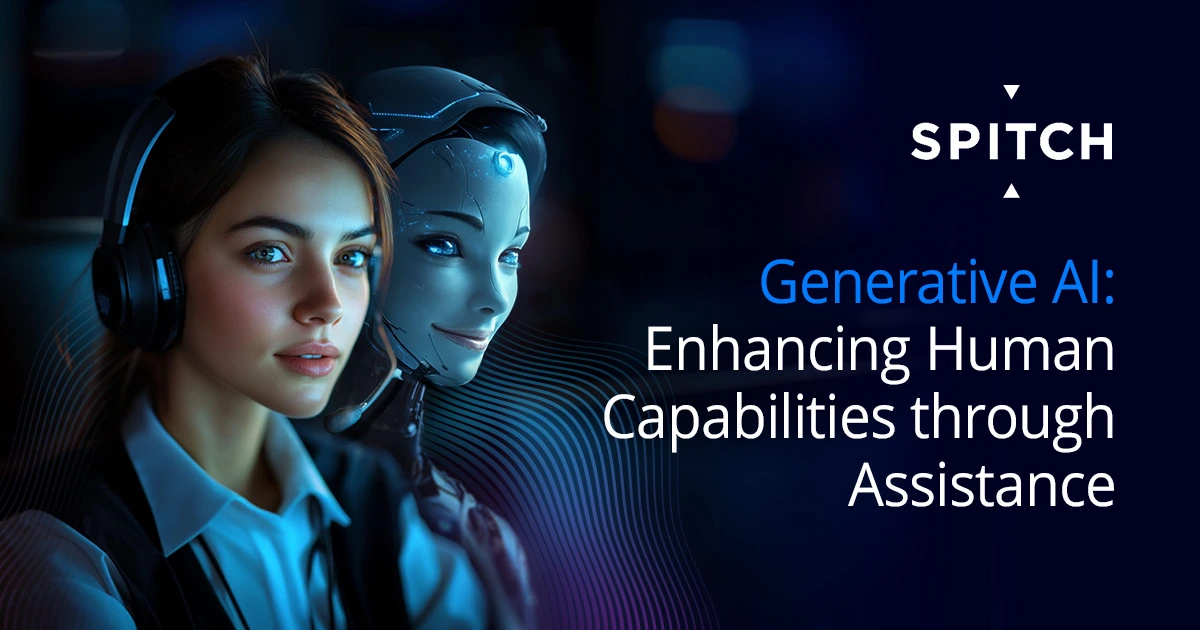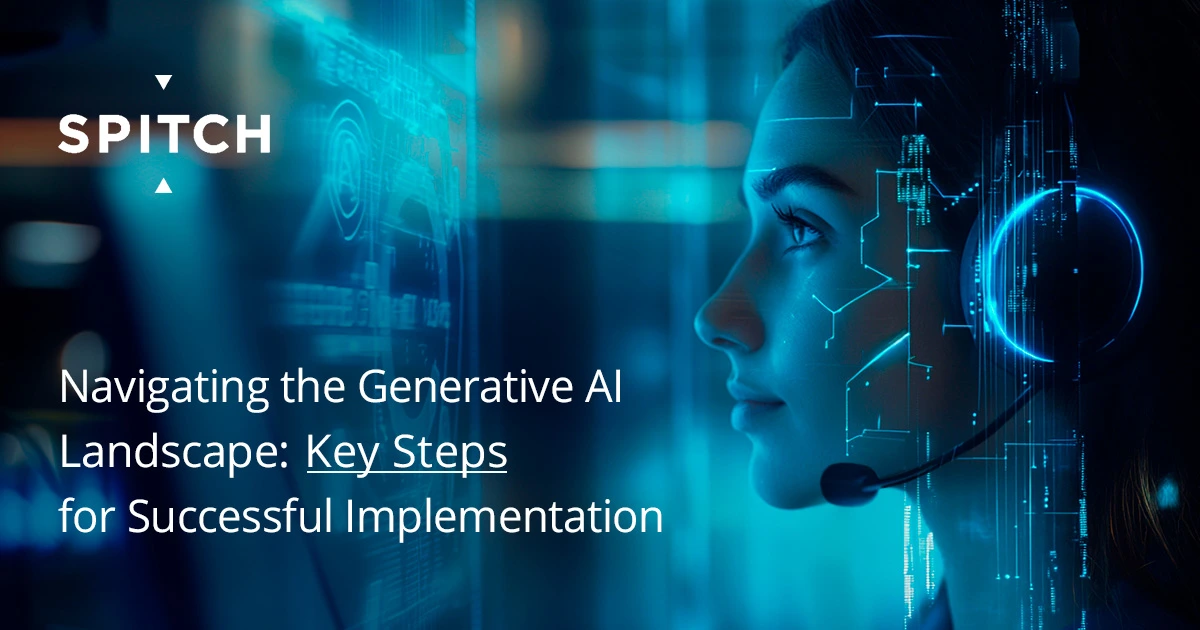Conversational AI, a model to ensure omnichannel and personalized Customer Experience

In recent years, Customer Experience has changed irreversibly. At the turn of the millennium, the only touchpoints companies needed to worry about were phone calls, occasional deliveries, and in-store interactions. But in today’s fast-paced, interconnected world, touchpoints are too numerous to count, presenting companies across all industries with a common challenge: providing a connected, customer-centric omnichannel experience.
According to the latest ‘State of Customer Experience’ report from Genesys, only 13% of organizations today can offer true omnichannel experiences, while over 80% of customers prefer to move seamlessly between channels when interacting with a brand. In this complex framework, the solution many organizations have turned to is Conversational AI.
What is Conversational AI?
Conversational AI involves the use of increasingly advanced technologies such as automatic speech recognition (ASR), natural language processing (NLP), advanced dialogue management, machine learning (ML), and the more sophisticated large language models (LLM). These allow, for example, a virtual assistant to act both in written and spoken form, interpreting what customers say or type and responding in a manner indistinguishable from a human agent.
However, implementing Conversational AI in the most advantageous way presents a challenge in itself.
The Scalability Mantra
The success of companies today relies on offering personalized experiences that address individual needs, making AI-driven personalization a key condition for improving CX and customer loyalty.
However, companies must also ensure that their AI solutions are scalable—to handle growing workloads—and implement solutions that effectively meet business needs.
In this context, a conversational omnichannel platform, much like an orchestrator, allows companies to leverage what is already implemented for one channel (e.g., voice) on another (e.g., text), ensuring continuity in customer management throughout the interaction. To make this happen, adopting and developing an effective, integrated, and coordinated solution will be necessary.
Different Experiences, One Conversational Model
Looking at the integration of an omnichannel AI-based solution, development remains one of the major focuses for the success of the strategy.
Obviously, outsourcing the implementation of Conversational AI to a specialized partner offers significant advantages in terms of cost reduction, faster development times, scalability, continuous solution improvement and updates, and, thus, higher customer satisfaction compared to internal development.
Conversational AI: How to Develop the Approach in Practice
So, which solution to rely on? The main criterion could be to adopt a “Develop Once – Deploy Omni” approach, which translates into specific features offered by the service.
- Seamless Omnichannel Experience
This approach allows companies to create a single conversational AI model that can be deployed across multiple channels, such as voice, chat, social media, and video conferencing, without requiring separate development efforts for each platform. This ensures a consistent user experience, as customers receive the same quality of service regardless of the medium they choose to interact with. - Rapid Implementation and Scalability
The solution should be “turnkey” and allow for continuous quick tuning and further developments, enabling companies to respond quickly to market demands and scale their operations efficiently, adapting to fluctuations in customer request volumes without the need to increase the number of dedicated resources. - Efficiency and Complexity Reduction
The model should minimize costs associated with developing and maintaining multiple separate systems. This approach reduces the need for significant IT involvement and the hiring or training of resources with specific skills, as the solution is designed to be user-friendly and requires minimal customization. This results in reduced operational costs and faster return on investment.
The “Develop Once – Deploy Omni” approach ensures that the Customer Experience remains top-notch across all interaction channels with the Contact Center. The customer can start the conversation on one channel and seamlessly continue on another, without having to start over or deal with a different interface. For the company, this communication strategy not only enhances operational efficiency and reduces costs but also significantly improves customer engagement and satisfaction by providing consistent, high-quality service across all communication channels.
This holistic approach will enable organizations to thrive in an increasingly digital and customer-centric market.





